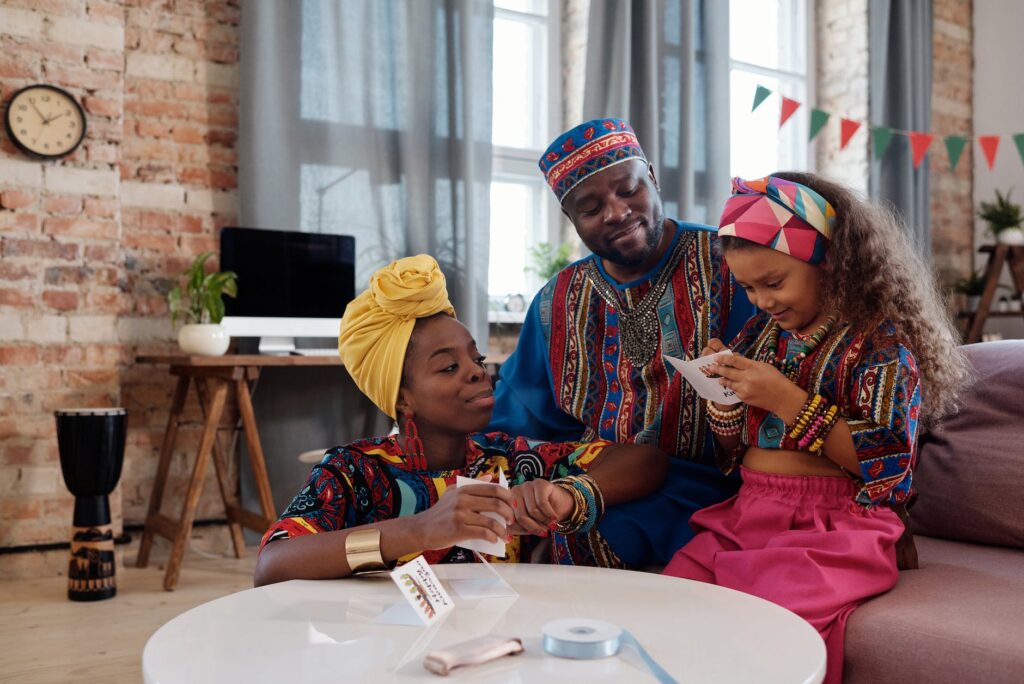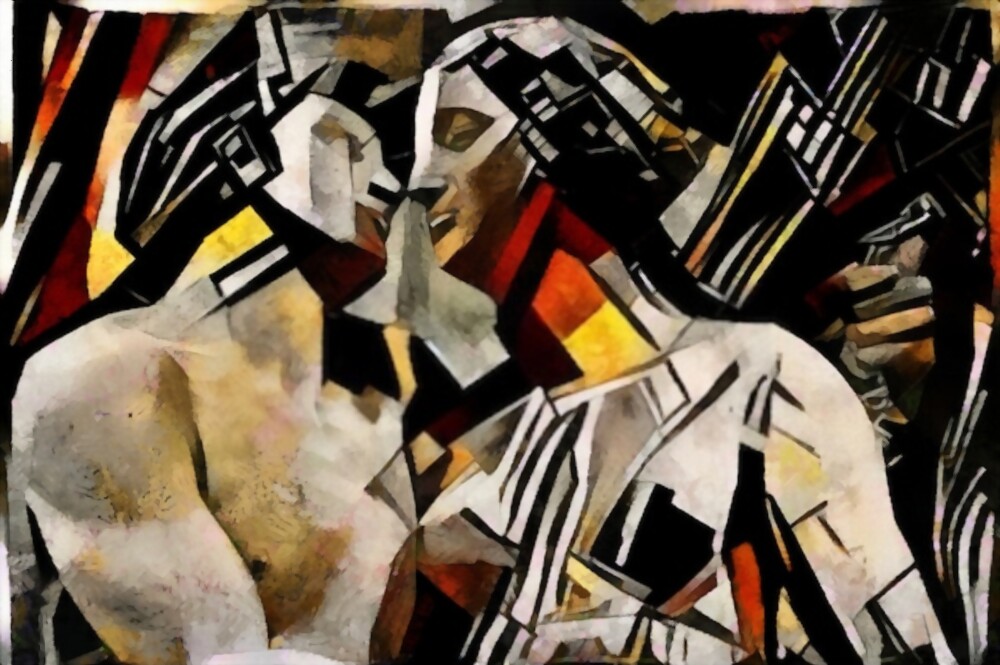Whether it’s the rhythmic chants of the Maasai or Nigerian drumming traditions, music is a vital part of Africa’s culture. But the continent’s vibrant beauty extends far beyond its musical traditions.
Modern African artists like Yinka Shonibare use art to reflect the complexities of their nation’s histories and identities. Explore innovative ways to engage with these narratives through virtual exhibitions and interactive tours.
Kenya: Unveiling the Enchanting Beauty of the African Pearl
Step into the heart of Africa to discover a rich tapestry of vibrant traditions. Visit Kenya’s Maasai and Samburu tribes to see how these indigenous communities uphold their ancient way of life. During your honeymoon in Africa, you witness the beauty of their traditional dress as you meet artisans who weave kondo baskets. These exquisite creations carry market goods and tell the stories of a proud heritage.
Experience these cultures’ force, vigor, and fascination through art that challenges conventional notions of aesthetics. This exhibition of African masterpieces presents works of art from diverse perspectives and languages to foster a deeper understanding of Africa’s complex heritage.
Across the vast savannahs of Kenya’s Maasai Mara National Reserve, majestic lions roam in pride with buffalo and myriad antelope species in an untamed symphony of wonder. Similarly, the natural beauty of Uganda’s Murchison Falls National Park arouses the soul and draws visitors to its thundering waterfalls. In the pages of novels such as Chinua Achebe’s “Things Fall Apart,” readers can experience this complexity of cultural collision and tenacious customs that define many African experiences.
The Maasai Mara
The Maasai Mara is Kenya’s most famous safari destination, a wild, expansive wilderness with a staggering diversity of wildlife. It straddles the border with Tanzania’s Serengeti National Park, creating a gigantic ecosystem that attracts herds of up to 1.3 million animals.
The reserve’s open savannahs are dotted with circles of acacia trees. The climate is semi-arid with a biannual pattern of rainfall. The long rains of April and May and the short rains of November and December flood the region, displacing livestock and wildlife and increasing the risk of diseases such as Rift Valley Fever and anthrax in domesticated and wild animals.
The Maasai are a semi-nomadic pastoralist community living in straw and clay huts. They are one of the few African tribes that have maintained a traditional, intact culture of welcoming visitors with their warmth and hospitality. Both men and women of the Maasai have pierced and stretched earlobes, decorating them with beads, crosses, and metal hoops. The Maasai also practice circumcision, as is common among many cultures of Africa.
The Okavango Delta
The Okavango Delta hums with life when the floodwaters fill it between July and September. Here, elephants, lions, and wild dogs stalk warthogs and wetland antelope while waterfowl, fish, and reptiles congregate. It’s a wildlife paradise and is also home to some of the finest luxury camps in Africa.
Tectonic activity altered the course of the Okavango River, causing it to back up and form what is now a flooded oasis that stretches across more than 1,600 km2.
Over 150,000 islands are scattered around its channels. Chief’s Island, in the Moremi Game Reserve, is one of them and boasts a selection of some of the continent’s most exquisite luxury safari lodges.
The delta is also home to five different indigenous communities. The Hambukushu, Dxeriku, Wayeyi, and Bugakwe have unique African cultures, traditions, and heritage worth discovering during your stay.
Tribal Art
Originally, tribal art was deeply intertwined with spirituality and rituals. Masks embodied spirits and roles, sculptures conveyed mythology and history, and textiles reflected cultural identity. The Dogon tribe of Mali, for example, has a rich tradition of elaborate wood carvings and sculptures depicting ancestral spirits and religious symbols.
In migratory tribes like the Boran and Oromo, or even passive ones such as the Himba of Namibia, tribal art often takes on a more practical role. Functional objects like water gourds or stools are often intricately decorated with carvings, paintings, and beadwork that demonstrate the artists’ skill as well as the cultural significance of these items.
Tribal art also has a long history in Oceanic cultures, with works from New Zealand and Melanesia capturing international attention for their artistic achievement and cultural significance. Artists such as Mehmed Ali, George Nacewa, and Nici Hildebrand have worked tirelessly to promote these pieces, ensuring their legacy is preserved for future generations.




